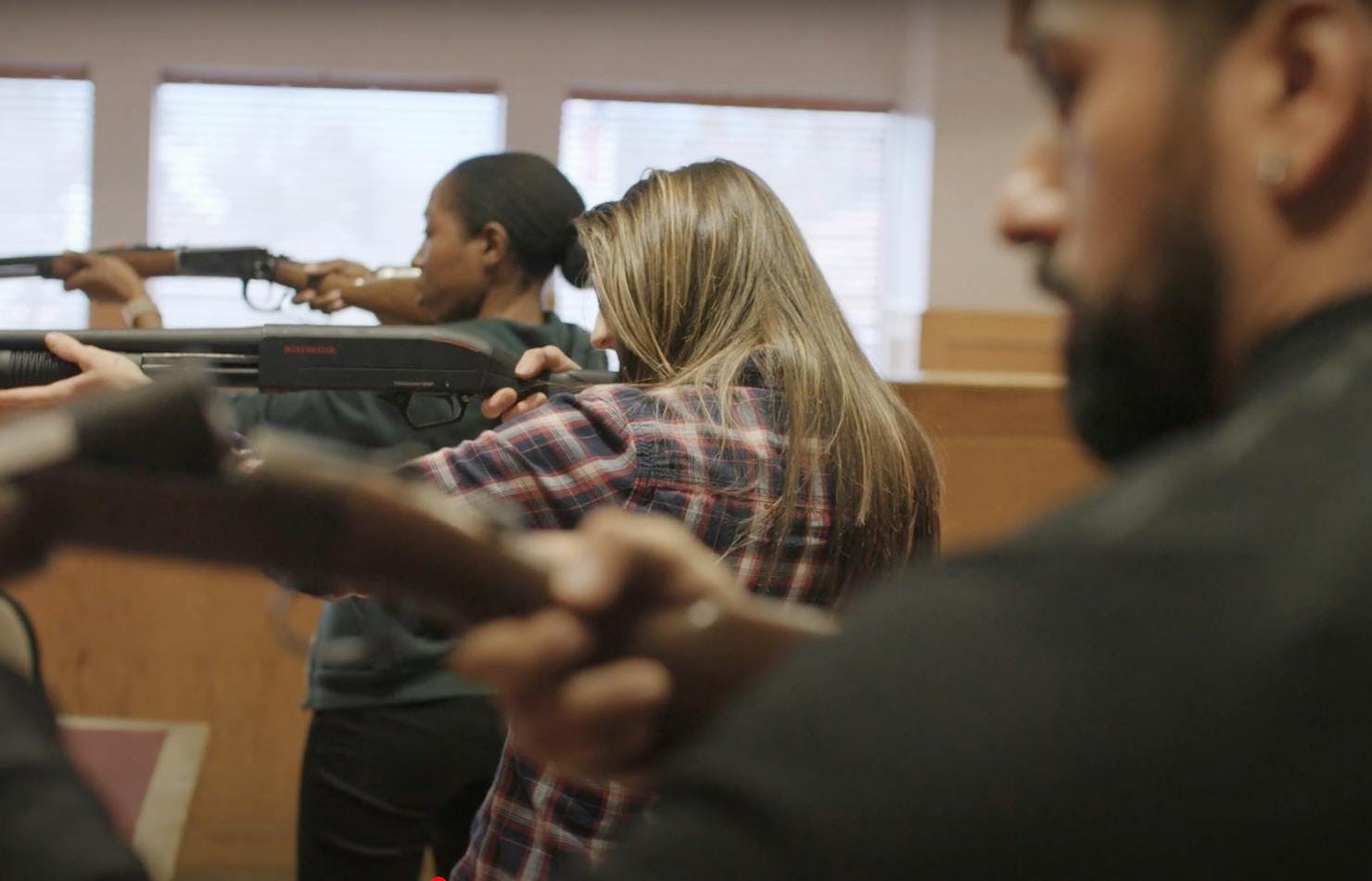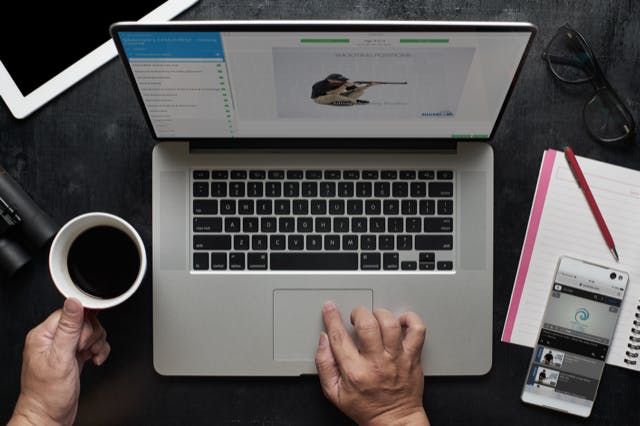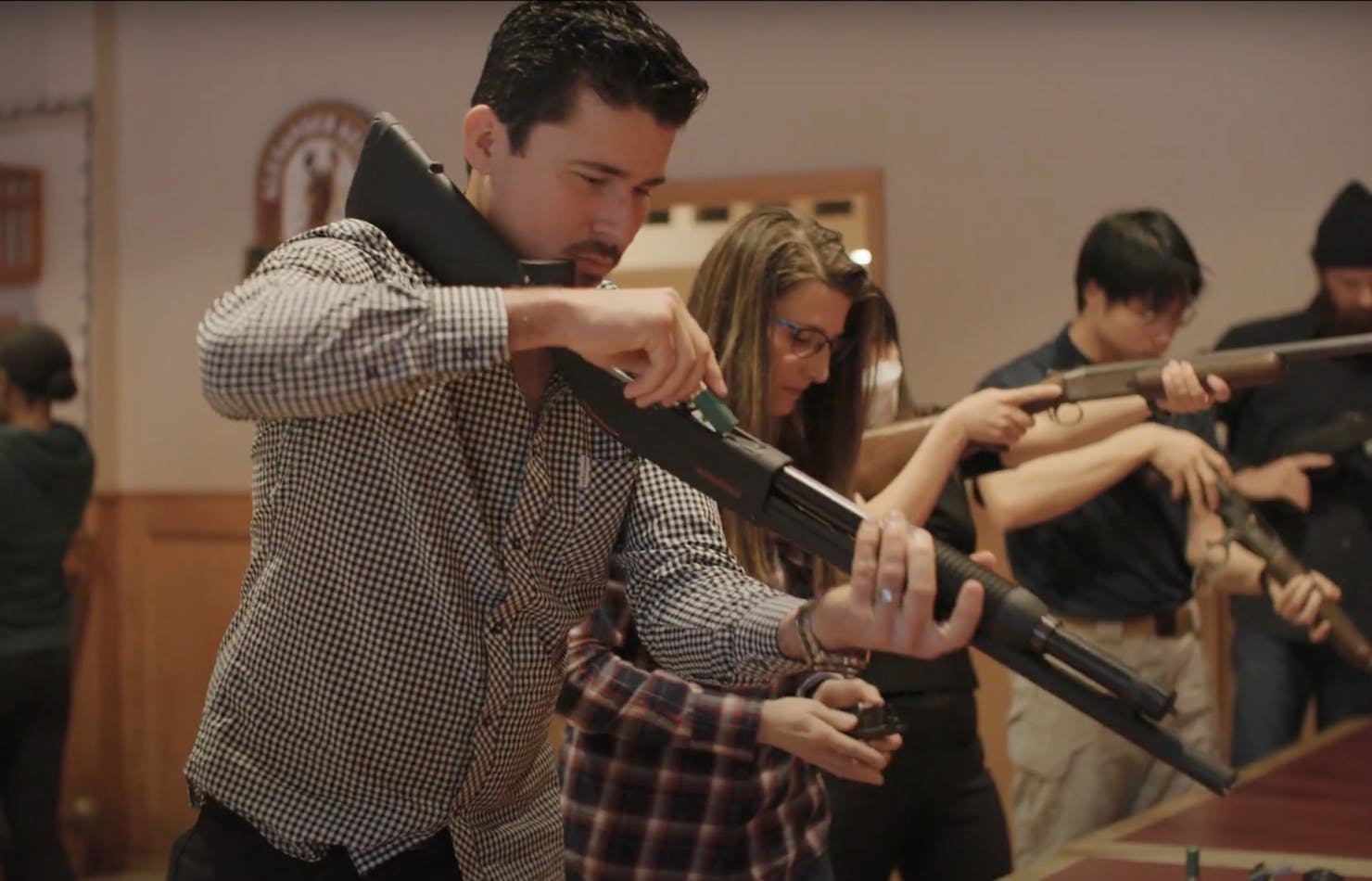
Pro Tips to Pass Your CFSC/CRFSC Canadian Firearms Safety Course
Over the past 25 years Silvercore Outdoors has not only been teaching the Canadian Firearms Safety Course and Restricted Firearms Safety Course but has also been training and certifying the majority of current instructors in our area. In doing so, we have arrived at some simple truths that will assist anyone looking to pass their course with high marks.
Firearms are a lot of fun, but only when you, and those around you, are safe and responsible. As with any activity that carries with it an inherent risk if not properly adhered to, passing your test should not be the final destination of your journey, but rather the first milestone that you should look to surpass with the highest level of confidence and ability. To that end, comes tip number one, which is:
Prepare Prior to Attending Your In-person Training
The absolute best and easiest way to fully prepare for your in-person training is by taking the Silvercore Online Firearms Safety Course. This course was created to take the student from start to finish covering every concept required to pass the CFSC and CRFSC. Every section is broken down into easy to digest sub-sections comprised of videos, presentations and review tests. You can take the online course at your leisure, on any web-enabled platform, and you not locked into a rigid learning structure but rather you can navigate through in any order you wish with the ability to re-take sections as often as you would like. The system will track your progress and issue you with a verifiable graduation certificate.
We have seen the massive success in our students who have taken the online course and we have also seen the online course used by businesses and individuals who are not interested in obtaining their licence but require the knowledge and proficiency testing it provides. In order to obtain your licence, you will still need to attend your in-person course, but now your attention can be put 100% towards handling the different training firearms with the instructor’s guidance.
We have also created a free playlist on our YouTube channel which will quickly show you how to prove all of the action types that you will be tested on, watch here.
Finally, physical copies of the course manuals are available for purchase in our online shop here, or online for free here.
Know Your Acts And Prove
Canada borrowed heavily from existing safety programs when developing its training standards and US Marine Colonel Jeff Cooper’s 4 universal safety principles were adapted into what Canada refers to as ACTS and PROVE.
A – Assume every firearm is loaded – You don’t even need to touch the firearm to do this. Even if someone you trust has assured you that the firearm isn’t loaded, if ends up in your hands, it’s your responsibility to check.
C – Control the muzzle direction at all times- This is the most crucial of all of the safety principles. The firearm should always be pointed in a direction that should it discharge, there would be no injury as well as minimal to no property damage.
T – Keep your finger off of the trigger and outside of the trigger guard- Unless you have made the conscious decision to shoot a firearm, your finger should not only be off the trigger but clearly outside of the trigger guard for everyone else to see.
S – See that the firearm is unloaded, PROVE it safe.
After ACTS, we believe the RCMP Firearms Program really liked the idea of another acronym when they came up with PROVE. While we are all for creating redundancy in safety training, the first 4 letters are already covered with the final letter, E, being the only unique step. That said, it is an important part of the safety course and something you should be comfortable demonstrating.
P – Point the firearm in the safest available direction- This should be done when we controlled the muzzle direction.
R – Remove all cartridges- This should be done when we saw the firearm to be unloaded.
O – Observe the chamber- This should be done when we saw the firearm to be unloaded.
V – Verify the feeding path- This should be done when we saw the firearm to be unloaded.
E – Examine the bore- Ensure that there are no obstructions in the bore of the firearm. This is preferably done with a cleaning rod or some other bore observing device.
Come to Class with a Desire to Learn

We know this sounds silly, but every once in a while we find there are students who have paid to attend the course, but seem more interested in their Instagram posts or talking about non-course related topics rather than actually learning. Some students have prior knowledge and experience with firearms and view the training as simply a formality, or nuisance to endure. Often times it is these same students who have the most difficulties when it comes to passing the course.
Some of the content found in the CFSC and CRFSC is unique to those courses, and even having a fair bit of knowledge in the subject matter would not prepare you for course-specific test questions. Having grown up using firearm from a very young age, and working in the firearms community for over 25 years (even longer if you count child labour at gun shows), I still learning new things on a regular basis. Remember, your instructor knows exactly what is needed for you to be successful in your training, so take advantage of that knowledge.
Don’t Point the Firearm at Others and Keep Your Finger off the Trigger
Controlling the muzzle direction really is the cardinal rule with firearms. As Jeff Cooper would say, do not point the firearm at anything you are not willing to destroy. Even if you violate all of the other safety principles, but at least adhere to this one, the firearm could discharge but at least nobody was hurt. If you were to point a firearm at yourself or another during your test, it is an automatic fail.
As for your trigger finger, it isn’t enough to simply keep it off of the trigger, you will need to keep it clearly outside of the trigger guard so that the instructor can see daylight through the trigger guard. Yes, aside from actively firing the gun when you have made that conscious decision, there can be times when a finger would need to be put on a trigger of a firearm that has been proven to be unloaded (such as removing a bolt, or disassembling some firearms), but for the test, keep the finger away from the trigger.
Handle all of the Firearms Your Instructor has Brought
Every once in a while, we find a student who just figures they already know how all firearms work. We are constantly learning new things about firearms, and that only happens through our willingness to learn. Perhaps you have used that same make and model of firearm in the past and figure the one you are being tested on will work in the same way only to learn that it doesn’t. Or perhaps the process of disabling the firearm for training purposes, or having the classroom firearms be handled by numerous other students, has introduced some peculiarities you wouldn’t otherwise find. Take your time and make sure you are comfortable handling every action. If you aren’t, ask the instructor to assist you.
Ask Questions if you are Unclear
Don’t be shy to ask questions. You are there to learn and asking questions is how we learn. Chances are, if you are thinking about it, likely others in the class are also wondering, but they may be too shy to ask. You can ask your questions in front of the group, or take the instructor aside if it’s something you wish to ask in private. Trust me, if your instructor is worth their salt they will definitely welcome the questions.
Testing
Each course has a 50 question, multiple choice and true/false quiz, as well as practical handling testing. If you don’t understand a question on the written test, make a mark beside it and move on to your next question. At the end of the test, if you still don’t know what is being asked you can ask your instructor for clarification. Remember, your instructor can assist with comprehension issues but they can not lead you to an answer or provide examples of what the incorrect answer is. The time for teaching is during a course and not during a test and your instructor risks invalidating their ability to teach should they not adhere to these rules.
For the practical test, take your time and adhere to the ACTS and PROVE. Some students find that verbalizing their actions through the practical test assists them in not missing points and helps the instructor by giving some insight into what the students thought process is. If you adhered to the principles relayed above, you will be more than prepared when it comes to testing and you will have the confidence required to successfully pass your course.
For a visual explaining of this blog post head to our YouTube page! Make sure to like and subscribe.
Below are some links that referenced in this post and will assist you with your endeavour:
- Order the absolute best CFSC / CRFSC pre-training resource created by Master Instructors at silvercore.ca/online-courses/online_cfsc-crfsc. If you purchase this at the same time as your in-person course at Silvercore you can get $39 in savings! It also guarantees a free retest.
- Student Handbook – Canadian (Restricted) Firearms Safety Course Handbook
- PROVE Videos: Silvercore YouTube Channel– don’t forget to subscribe!
- PAL application form: Possession & Acquisition License (PAL) Application Form
- Online PAL application: Online Canadian Firearms Licence PAL application
- CFSC / CRFSC Online Theory – If you purchase this with your in-person course you can get $39 in savings! It also guarantees a free retest. This is optional and not a requirement prior to your course



